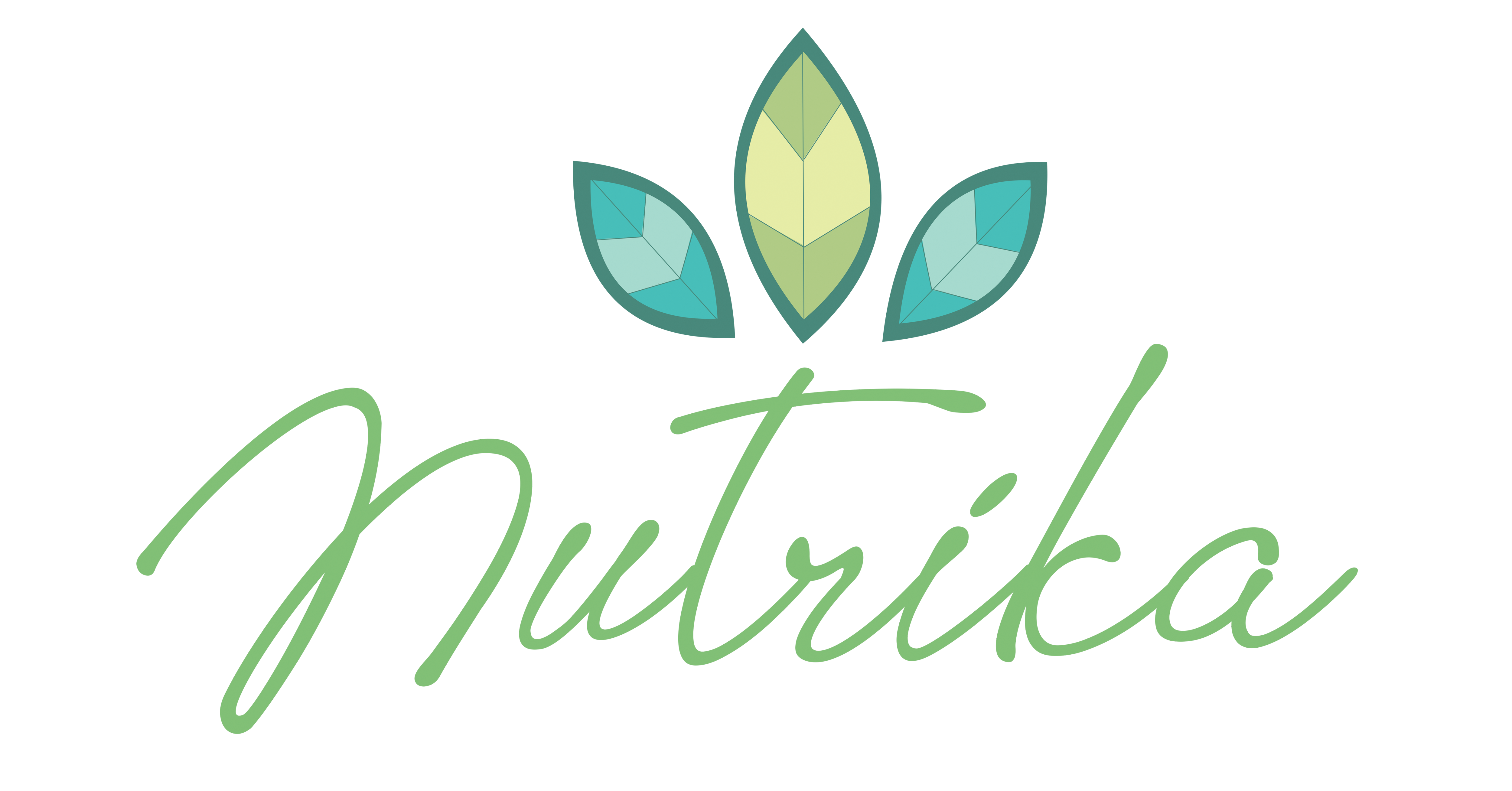On June 4, Seychelles President Danny Faure said the deal with India “will not go ahead.” He added that the issue will not be on the agenda of the next meeting between Faure and Prime Minister Modi, scheduled for the end of June. The Seychelles government has not officially informed the Indian government of its decision to cancel the agreement. The first agreement on the project was signed during Modi`s visit to Seychelles in March 2015. Following public protests in Seychelles, the two sides signed a revised agreement in January to build military facilities on the remote island. Under the revised pact, which was valid for 20 years, India was to build a runway and pier for its navy on the Assumption. The two leaders` remarks are significant as Faure said earlier this month that his government had abandoned a deal with India to establish a naval base at Assumption. He also said the project would “not move forward” and that the issue would not be discussed with Modi during his visit. The two sides signed six agreements on issues such as infrastructure development in Seychelles, cybersecurity and information exchange on white ships, which will allow them to exchange data on the identity and movement of non-military merchant ships. Trade between India and Seychelles amounted to only $40 million in 2010/11, with the trade balance strongly in Favour of India. [7] Tourism, fishing, oil exploration, communications and information technology, computer training and pharmacy have been identified as areas of economic cooperation between the two countries.
[8] [9] India and Seychelles signed a bilateral investment promotion agreement in 2010, and in 2012, during President Pratibha Patil`s visit to Seychelles, India provided a $50 million line of credit and a $25 million grant. [10] [11] Among Indian private sector companies, the telecommunications group Airtel has a strong presence in Seychelles after the acquisition of Telecom Seychelles and its partnership in the Baltic Sea cable project in Seychelles in East Africa. [12] When the narrative was contaminated with negative rhetoric, in all the noise, India`s willingness to address concerns about the loss of sovereignty was lost, resulting in a revision of the agreement. Worse still, as the sovereignty debate took center stage, he turned to the complexity of India-Seychelles relations. In 2015, less than a week after the agreement was signed, the Chief of Staff of the Seychelles People`s Defence Forces (SPDF), Lt. Col. Michael Rosette, clarified that “there is no lease” and that the Indian government would assist the Seychelles government through the SPDF. Leases and the loss of sovereignty to larger, more dominant powers have become a real fear for SIDS. Given india`s own fear that such agreements could be signed in its neighbourhood, it should have addressed this issue directly, explicitly and also from the outset. Two days before the start of his visit to the president, Foreign Minister Barry Faure, Faure`s brother, told Reuters that the government would not submit the agreement on Assumption Island to the National Assembly for “approval because members of the opposition (who are the majority) have already said they will not ratify it.” Today, the narrative has become political. What was supposed to be a joint operation in the interest and benefit of both countries has turned into a debate over India`s sovereignty and presence on the island, which is seen as a threat. For the opposition, it is no longer politically useful to support the agreement.
For President Faure, this is no longer politically viable given the opposition`s majority in parliament. Even the opposition party rejected its support for the deal. National concerns include the possibility of engaging in regional competition between India and China. As opposition leader Linyon Demokratik Seselwa (LDS), Ramkalawan explicitly expressed his reluctance to ratify the agreement in parliament, apparently declaring “that LDS no longer has anything to do with the Assumption agreement.” After the 2016 elections with 19 seats out of the 33 members of parliament, the four-party LDS coalition may refuse to ratify the Agreement with India. And this, despite President Faure`s promise to work together. In June 2018, amid national opposition, Seychelles President Danny Faure reportedly said at a press conference (ahead of his visit to India) that the project would not move forward and would not be discussed during his visit. Upon arriving in India, it was reported that discussions were taking place and that the two countries had agreed that they would “work together to represent each other`s interests.” However, there has been no progress beyond these statements, giving weight to Seychellois opposition leader Wavel Ramkalawan`s statement that “the Agreement on the Assumption of Mary is dead”. Public opposition to the project should be noted. Following the signing of the first Memorandum of Understanding in 2015, a revised agreement was signed in January 2018. Since then, an NGO called “Save the Aldabra Group” has held weekly rallies to express concern about the environmental impact of the project, mainly related to the Assumption`s proximity to Aldabra.
Aldabra Atoll is a UNESCO World Heritage Site and home to the largest population of giant tortoises in the world. Although few in number, neither the government nor the opposition can ignore them. India and Seychelles said on Monday they would work together to develop a naval base on Assumption Island while keeping in mind “each other`s interests”, days after reports suggested the Indian Ocean archipelago had abandoned an agreement on the project. India has made better progress with neighboring Mauritius, another archipelago that has a predominantly ethnic Indian ethnic population. In 2015, Prime Minister Narendra Modi signed an agreement on building a military facility there – the same year he failed to make similar progress with Seychelles. .
